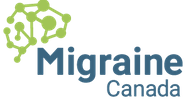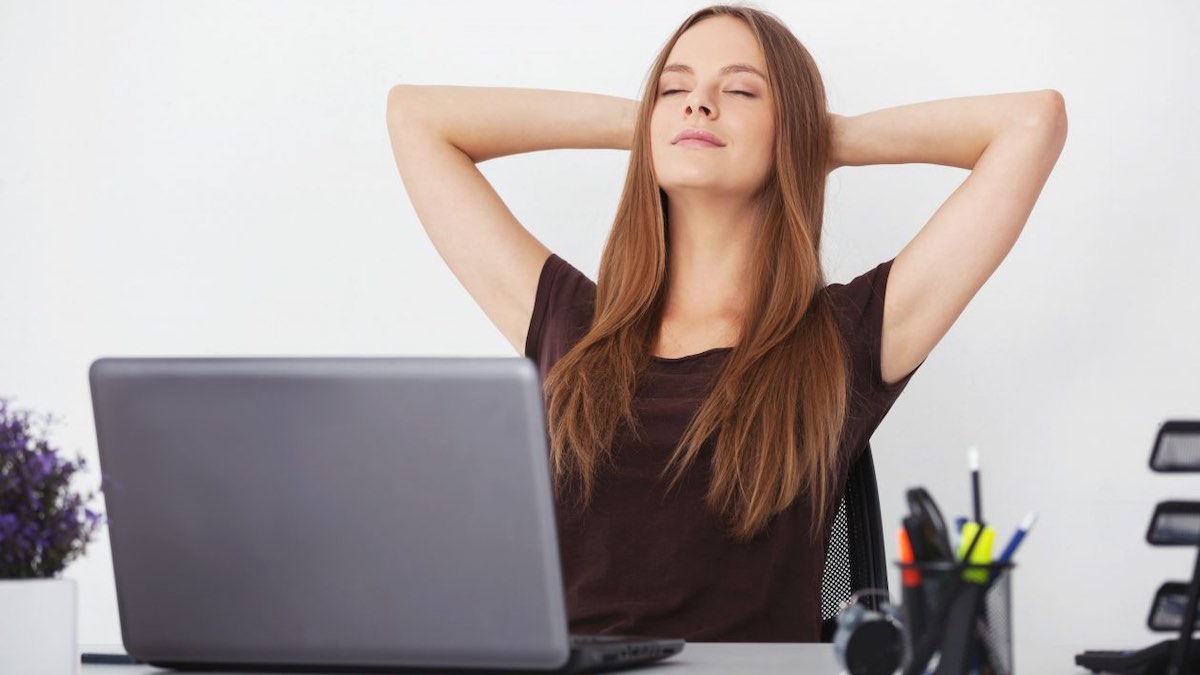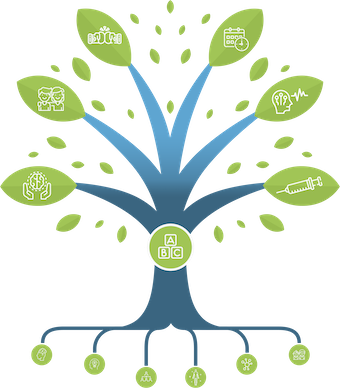Relaxation: How to setup a regular relaxation practice for migraine management
It may seem difficult to start a relaxation program, but it can be accomplished if you break it down into manageable steps.
What techniques can be used to manage stress and mental exhaustion?
Different techniques have been studied:
- Progressive muscle relaxation (PMR)
- Biofeedback (to read more click here)
- Mindfulness meditation
- Diaphragmatic breathing
- Guided visual imagery
Step One: Review Available Relaxation Resources and Make a Short List to Trial
Relaxation has become mainstream, and there are many online audio and video resources, apps, CDs, books, and how-to classes. Most types of relaxation can be completed independently and at a time and place that works for the person. Biofeedback is usually done with a health care professional in a clinic setting, but some basic biofeedback strategies (like hand warming) can be carried out independently.
The first step is to review the resources available to you and to list them in order of interest, from most interesting to least interesting.
Step Two: Set up a Trial Schedule and stick to it
- Set aside about a month for each type of relaxation that you want to trial.
- Schedule a 20-30 minute daily practice session, at a time that fits your schedule. Some people like to start their day with a brief meditation. Others do it during lunchtime, after work, or before bed. Aim for daily, 4-7 days per week is likely to work. 1-3 days per week will probably not induce real change.

Step Three: monitor your practice
- Keep track of your progress with simple relaxation logs. Consider dividing a page into four columns. From left to right label the columns pre-session relaxation rating, pre-session headache intensity, post-session relaxation rating, and post-session headache intensity. Rate each of these on a 0-10 scale. (For relaxation 0= not at all relaxed and 10 = completely relaxed. For headache intensity, 0 = no pain and 10 = worst pain ever.) See if these ratings improve over time. Download our LOG (PDF or DOCX)
Step Four: Decide if you find the sessions enjoyable and if it’s something that you can realistically incorporate into your routine.
- If after a few practices you find that you don’t like the relaxation or your headaches increase, discontinue that trial and start a new one with a different type of relaxation.
Step Five: If you find the right technique, keep going!
Once you have learned a technique and you feel comfortable using it, it will be a powerful tool for you on your path. Time after time, you will build you experience, the technique will become part of your health routine and daily life.
If the first technique you tried does not work for you: try another technique!
- Consider choosing a longer type of relaxation (e.g. progressive muscle relaxation, visualization) and a shorter type of relaxation (e.g. diaphragmatic breathing or mini-mindfulness). That way if you’re having a particularly bad day you can augment your longer session with intermittent shorter sessions or if you have limited time, you can just repeat your shorter sessions as the day allows.
- Some people like to have access to both a structured relaxation session (e.g. a narrated CD) and a non-structured session (e.g. mini-mindfulness) so they can revert to a structured session when their headaches are bothering them and it’s difficult to plan and concentrate.
I really tried, but I find it difficult. How can I learn a good technique to improve my situation?
It is not always easy to learn a relaxation technique. Some people will benefit from guidance. If you feel like some professional help is needed, consider working with a therapist.
Post#714
Tags In
Categories
THE MIGRAINE TREE
- BRANCHES
- ACUTE TREATMENTS
- DEVICES AND NEUROMULATIOIN
- PREVENTIVE TREATMENTS
- PROCEDURES AND INJECTIONS
- SELF-CARE AND LIFESTYLE
- SOCIAL LIFE
- TRUNK
- ROOTS
OTHER CATEGORIES




